It may not be an event to which most new mothers pay attention. After all, they’re exhausted from the sheer act of bringing a new life into the world. But the severing of the joined umbilical cord is such a significant occasion in your maternal journey. It officially marks the end of your pregnancy and the start of motherhood. However, once the cut is made, your little one is left with a small stump that will take a few days before it falls off, leaving behind a belly button.
The importance of the shared lifeline
The cord connects the foetus to the placenta and is made up of one vein and two arteries. These carry blood back and forth, so the baby has enough nutrients and oxygen for healthy development. A healthy, functioning cord is vital for the survival of the foetus. Once the delivery takes place, the umbilical cord is discharged from the body, but still attached to the newborn. It’s now up to the doctor to make that crucial cut and separate the baby.
How do doctors cut the umbilical cord?
Once the baby is out, the doctor or midwife can go ahead with the procedure.
Here is how it’s usually done:
- Two clamps are placed towards the end of both sides of the cord
- Gauze is placed underneath the clamps to absorb any blood released after the cut
- Sterile scissors are used to make the cut
- Once the cord is removed, the baby’s abdomen will have a tiny stump where the belly button will eventually form. Some doctors enclose it in a clamp to avoid infection.
- Within a few days, the stump will shrivel up and fall out on its own
Healing the cord stump
While your baby’s cut cord stump will heal naturally on its own, you have to be careful as the stump is still attached to your baby’s skin. Here are a few ways to avoid infection or discomfort
- Always place the diaper below the cord stump to keep the area dry and open. It also prevents anything wet like urine from coming in contact with the stump.
- Avoid wetting the area during baths. Best to avoid a bath till the stump falls off. Opt for sponge baths, especially if the stump is left open and unclamped.
- Some doctors advise applying antibacterial ointment or powder on the area, but this is entirely optional and follow your doctor’s advice
- Don’t pull the stump off yourself. No matter how dry or shrivelled it looks. Always wait for it to fall off naturally.
Conclusion
Umbilical cord-cutting is a gentle procedure; neither mother nor baby feels any pain when the cord is severed. Just take gentle care of the area till the stump falls off.

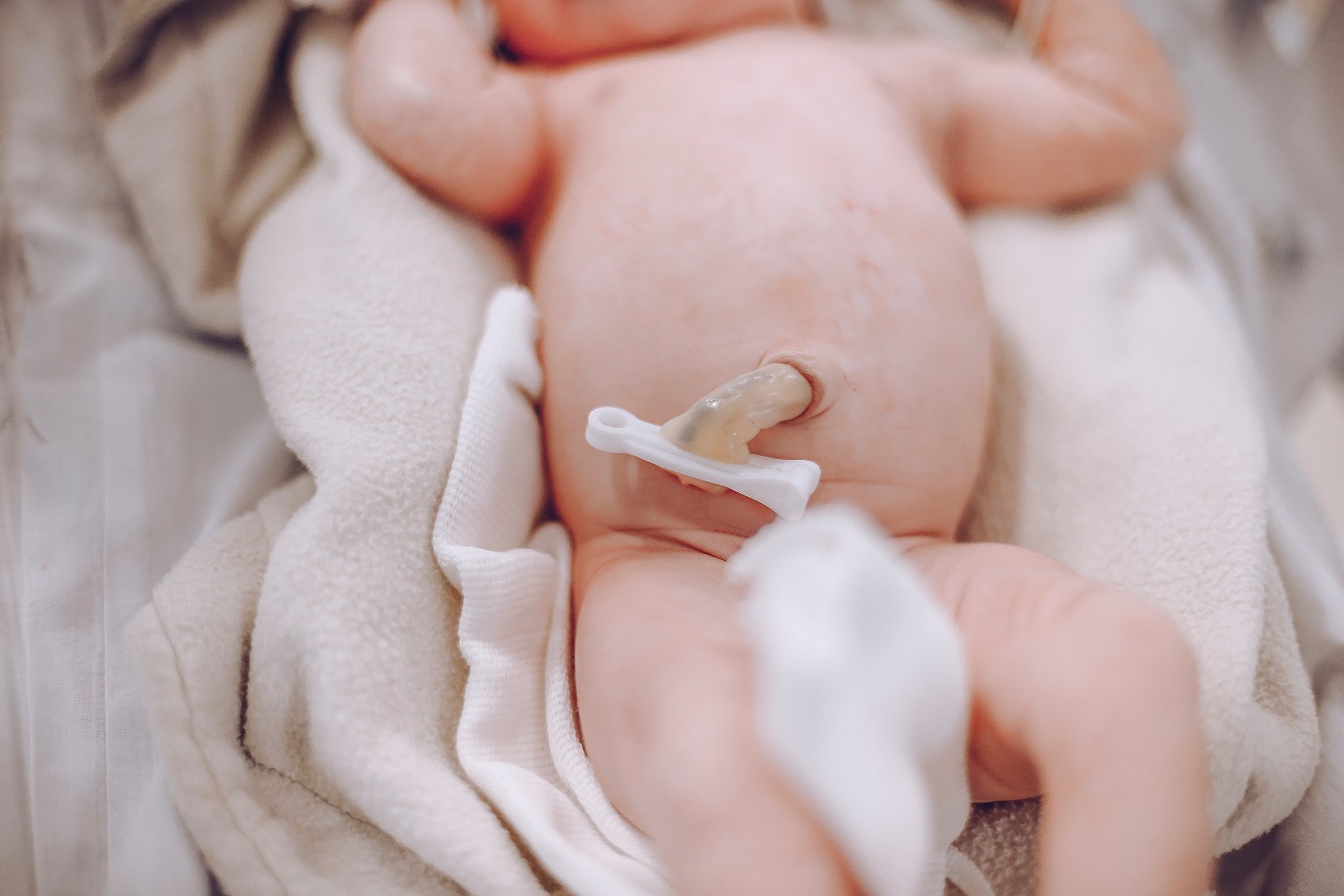
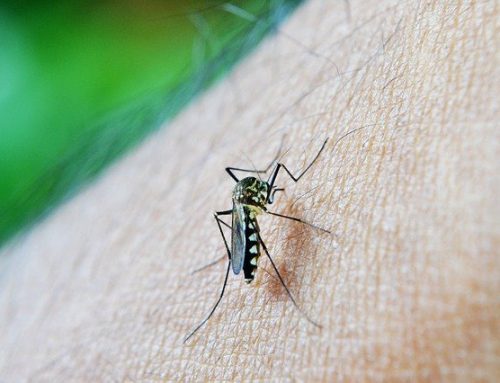
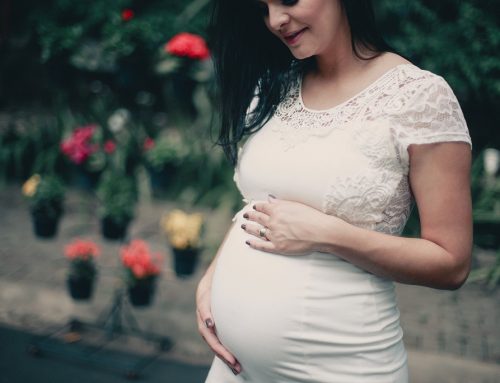
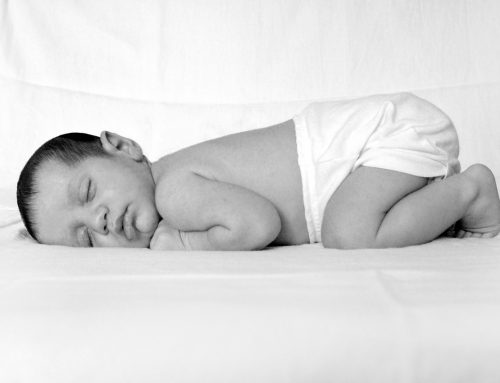
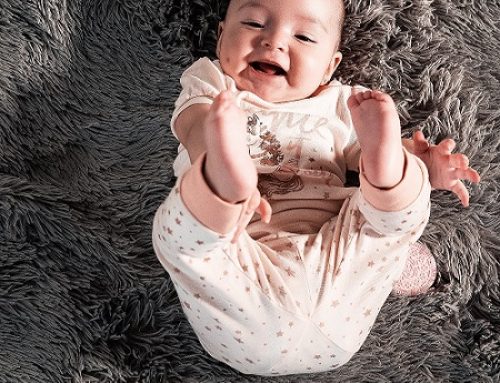
Leave A Comment